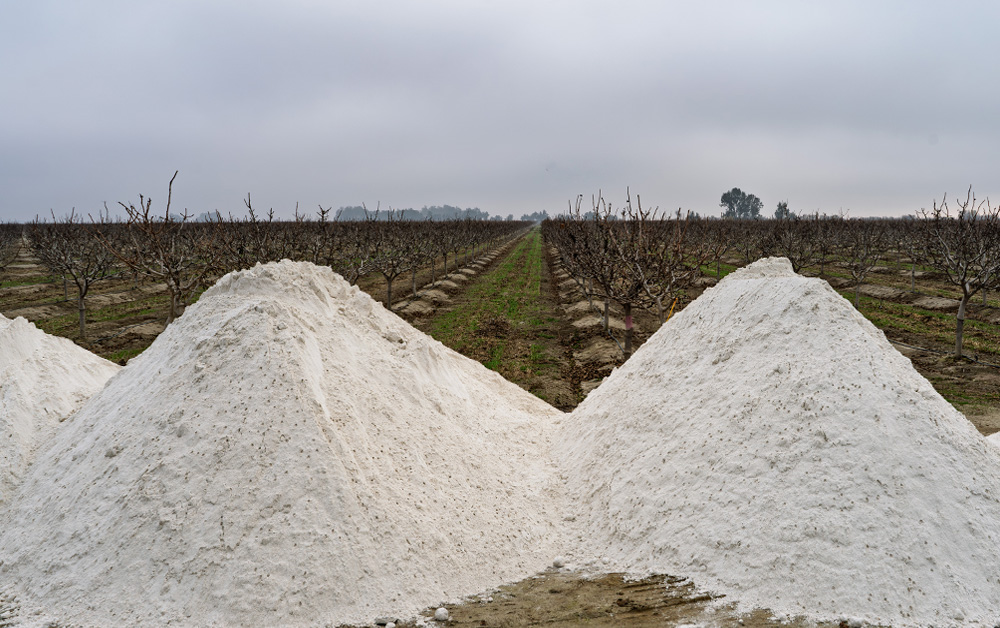Soil amendments are critical for improving soil health, fertility, and structure. Common amendments such as gypsum, manure, sulfur, and lime provide essential nutrients and enhance the physical properties of the soil. Gypsum is particularly effective in improving soil structure, reducing compaction, and increasing water infiltration. Manure and compost contribute organic matter, improving water retention and nutrient availability. Sulfur, on the other hand, is ideal for reducing soil pH in alkaline conditions, making nutrients more accessible to crops.
Different soil types require specific amendments. For instance, sandy soils benefit from manure and compost, as they enhance water retention and nutrient-holding capacity. In contrast, clay soils respond better to gypsum, which helps alleviate compaction and improves aeration. Selecting the right amendment for your soil type is key to achieving sustainable productivity.
Understanding the Importance of Proper Amendment Timing
Timing plays a vital role in ensuring amendments deliver maximum benefits. Applying amendments at the right time ensures nutrients are available during critical crop growth stages. Poorly timed applications can lead to nutrient loss, soil imbalance, or reduced crop response.
For example, when double double-cropping, applying gypsum before the less valuable wheat crop can improve soil structure during wheat growth, preparing the soil for the subsequent and more profitable corn crop. By planning amendment timing strategically, farmers can optimize resource use and enhance soil productivity across cropping cycles.
Strategies for Timing Amendments when Double-Cropping
- Post-harvest applications prepare soil for the next crop.
- Prioritize high-value crops for amendment timing.
- Use slow-release amendments for sustained impact.
- Adjust timing for seasonal rainfall to prevent nutrient leaching.
- Regular soil testing ensures the timing matches soil needs.
Amendment Half-Life: A Key Factor in Application Planning
The concept of amendment half-life refers to the time it takes for the active properties of soil amendments to diminish by half. This factor plays a crucial role in planning applications to ensure amendments provide optimal benefits. Amendments like gypsum, known for their longer half-life, are excellent for early application. They gradually improve soil structure, enhance water infiltration, and provide essential calcium over time. These properties make gypsum particularly effective in preparing soil for upcoming cropping cycles or long-term soil health improvement.
In contrast, amendments like sulfur, which have a shorter half-life, require more precise timing. Sulfur rapidly affects soil pH, making it critical to apply it closer to the planting stage to align with crop nutrient requirements. Mismanagement of timing for shorter half-life amendments can lead to inefficiencies such as nutrient loss or insufficient soil conditioning. By understanding the half-life of various amendments, farmers can create tailored application schedules that maximize their effectiveness and support sustainable soil management.
How AgNote Can Help
AgNote simplifies amendment planning with tools to monitor soil health, track applications, and optimize timing for maximum impact. Take control of your soil management strategy with AgNote. Sign up today for a free 7-day trial and experience smarter farming.
